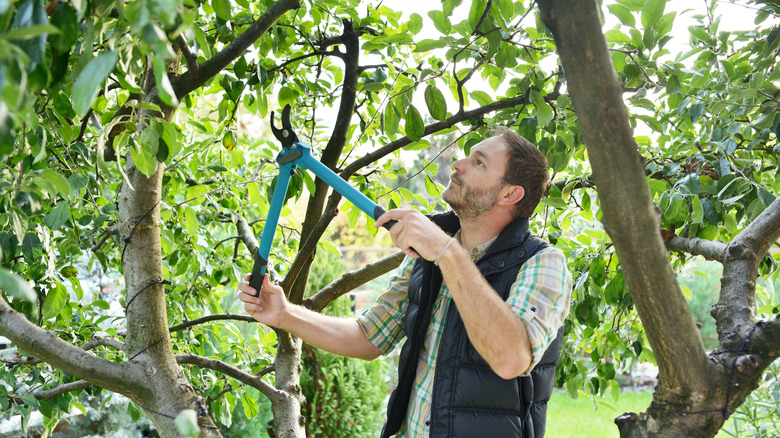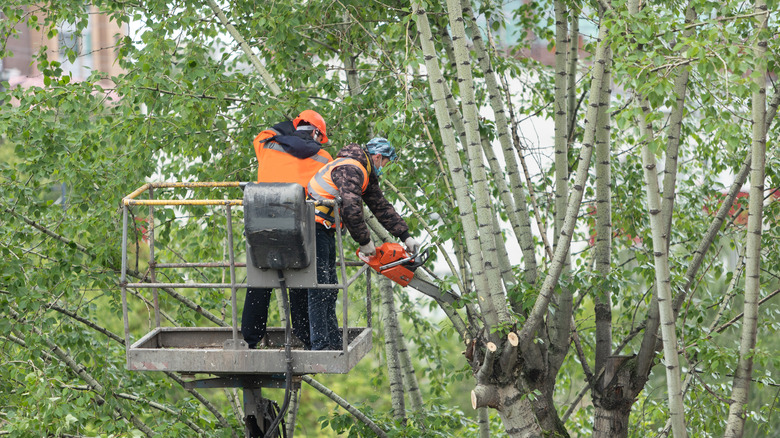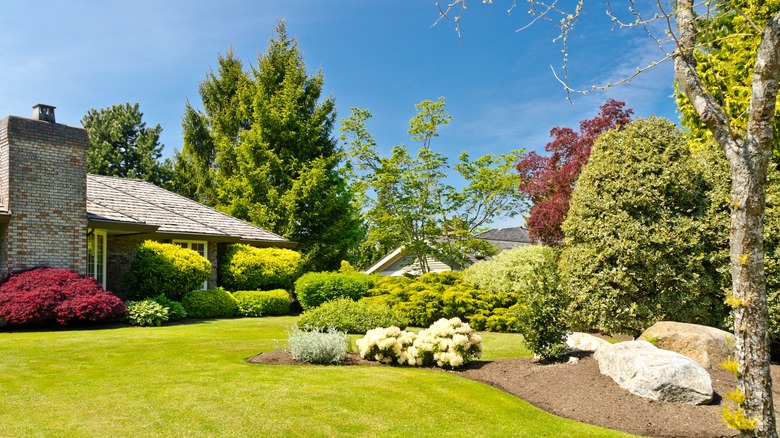Signs Your Trees Are In Desperate Need Of A Trim
Trees are not just silent observers of our landscapes; they are living assets that add unparalleled beauty and boost the value of our properties. With their majestic canopies, they provide shade, improve air quality, and offer a haven for countless birds and insects. Moreover, well-maintained trees can significantly enhance the aesthetics of one's surroundings. However, like any other living thing, trees require care and attention. Among the essential maintenance practices, periodic trimming stands out as crucial — especially when your trees are already showing these signs: overgrown, crowded, or crossing branches; dead or diseased branches; weird foliage formation or shape; the obstruction of one's street or community view; and damage after a storm.
While it may seem counterintuitive to cut the branches and foliage of a thriving tree, it is an integral part of preserving its health and vigor. So, if the trees in your yard are already exhibiting the aforementioned signs, it's probably high time to give them a trim, as well as the care and attention they need.
Signs a tree needs a trim and why it matters
Recognizing the signs that your tree needs a trim is vital for its overall well-being. Overgrown, crowded, or crossing limbs can rub against each other, damaging the branches. This overcrowding can also lead to a weakened structure and hinder proper airflow, creating an environment conducive to pests and diseases. Trimming helps eliminate excess growth, allowing for better light penetration and air circulation, promoting a healthier tree.
Diseased or dead branches not only compromise a tree's aesthetics but also pose a risk of falling, potentially causing damage to nearby structures. They can break off easily, especially during storms, becoming hazardous projectiles. Regular trimming removes these potential threats, preventing accidents and protecting your property from damage. Trees with irregular shapes or odd formations may benefit from targeted trimming to encourage a more balanced and aesthetically pleasing structure. Trimming can help shape the tree during its early growth stages or correct imbalances that may have developed over time.
A tree with branches obstructing your street view or encroaching on neighboring properties can be a nuisance. Trimming helps maintain a tree's size and shape, ensuring it complements its surroundings without causing visibility issues or infringing on others' spaces. Storms and floods can also wreak havoc on trees, leaving behind broken or damaged branches. Immediate post-storm trimming is essential to remove compromised limbs, reducing the risk of further damage and aiding in tree recovery.
Benefits of regular tree trimming and care
Regular tree trimming is not just about addressing immediate issues; it's a proactive measure that yields a number of benefits. First and foremost, it preserves a tree's structural integrity, preventing the need for drastic measures like removal. Improved sunlight penetration promotes the growth of a lush canopy, enhancing the overall appearance of your landscape. Trimming also promotes healthy growth, eliminates safety hazards, and enhances the tree's natural form. It allows for proper airflow, reducing the risk of diseases. Trimming and pruning trees properly also stimulate the development of new branches and foliage, ensuring they remain robust and vibrant. Moreover, trimming contributes to the longevity of a tree, allowing it to withstand environmental stressors. It's an investment in the future health of your tree, saving you from potential expenses related to diseases or storm damage.
Beyond the tree itself, well-maintained trees can increase property value, making it a win-win for both you and the environment. In embracing regular tree care, you not only foster a thriving ecosystem but also enjoy the enduring beauty of these remarkable gifts of nature.


